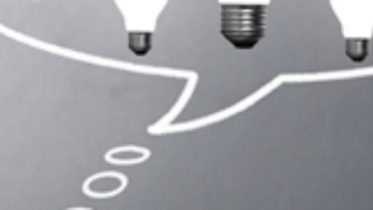Not everyone has great ideas and, whenever they have them, they do not dare to make them real and turn them into solutions or products accessible to everyone. But those who indeed do it, must follow a series of guidelines so that they may enjoy the exclusive rights that their invention might provide. Moreover, aside from the public recognition, an economical incentive is never a bad idea, and even less after so much work. In this paper, we will explain how to register a patent that once was an idea of a product or a process, and how we can help you to make it. But before, let’s deepen into the value of a patent and why it is so important to use it.
What is a patent?
For the World Intellectual Property Organization (WIPO), a patent is ‘an exclusive right granted for an invention, which is a product or a process that provides a new way of doing something, or offers a new technical solution to a problem.’ However, not all inventions can be patented. In order to be able to file a patent application, it is necessary that an idea or invention fulfills certain characteristics:
- It must be of practical use – no, the drill you saw on the Internet used as a device to eat corncobs is not practical.
- It must have novelty – the microwave oven was patented in 1946, so you’d better don’t even try to do it.
- It must show an inventive element which could not be deduced by a person with average knowledge of the technical field – if anybody could come up with the idea, and anybody can perform the idea like you do, we are deeply sorry.
Besides, depending on the country and its regulation regarding this matter, certain discoveries cannot be patented like scientific theories or medical treatments.
What is a patent use for?
- To decide who will, or will not, have access to your invention.
- To give permission to third parties to use your invention on mutually agreed terms.
- To sell your rights to the invention to a third party.
How do I apply for a patent? (Without dying in the attempt)
In Venezuela, the agency that grants patents is the Autonomous Service for the Intellectual Property (SAPI, by its initials in Spanish). The steps to obtain it are:
- File a patent application for an invention, utility model or industrial design.
- In the following 30 days, SAPI will revise the filed requirements. In the case of not fulfilling them, the application will be returned.
- If the application is returned, the applicant has two months (with an extra two month prorogation) to file the necessary changes.
- When the requisites are accepted, the SAPI will order the publication for the opposition of third parties who consider that said patent may content elements which violate previous rights. This happens around 6 months after the application.
- When an application is published and somebody else wants to appropriate your idea or invention, the applicant has an extendable period of 30 to 60 days to file a complaint, and SAPI will notify you about the situation for you to exercise your right to defense.
- If SAPI determines that the application fulfills all the requirements, the patent will be approved and published as so. This includes the granting of a registration number and the issuing of a certificate.
As you may see, the formalities to apply for a patent in Venezuela are pretty clear, but they also can take some time (expecting everything be approved in the referred times and that no one claims your patent. If so, add more days to your calendar).
If you think that you have an invention that might be patented or if you have doubts regarding the steps in the corresponding formalities, in Clarke, Modet & C° Venezuela, we may advise you to facilitate the path to success. And if you think that you still do not have an innovative idea, just think in all the solutions that the current world needs. You surely have a valuable contribution to turn the world into a better place, at the same time you will become an entrepreneur. It does sound great, right?”






